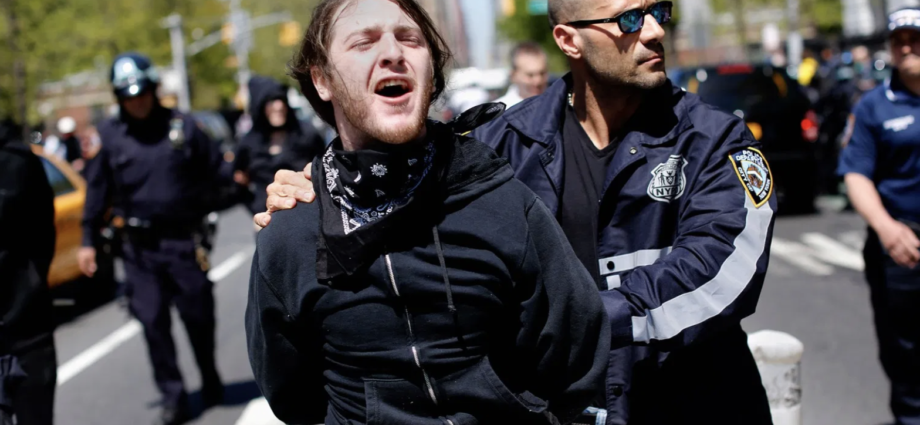New York’s Bad Bail-Reform Law
(excerpt from the National Review, Jan 7, 2020)
Top-down, arbitrary decision-making by state government simply won’t work.
2020 is going to be a very good year in New York State — for criminals. As of January 1, the state’s new criminal-justice reforms took effect, including a law that compels judges to free thousands of arrested defendants, many of whom have committed violent crimes or are serious flight risks. The goal is to reduce incarceration in jails, but the methods are arbitrary and put the public at risk.
The new law prohibits arraignment judges (the ones that handle an arrested person’s first court appearance) from demanding bail for certain defendants or remanding them to jail. Instead, they must release the defendant on his own recognizance (ROR). This release order supposedly does not apply to violent felony offenders. However, numerous crimes of violence or potential violence are found among the state’s so-called nonviolent felonies, including certain robberies, rapes, and assaults. And judges in New York — unlike judges in 46 other states — may not take public safety into account when deciding whether or not to release someone.
While New York law directs arraignment judges to focus on the likelihood of return when ruling on release, it does not provide for an assessment of the risk of nonappearance. This is especially puzzling, as the New York City Criminal Justice Agency (CJA), which screens virtually every arrested person in the city, provides a fairly accurate assessment of the risk of release. Where CJA recommended release only 7 percent of the discharged defendants failed to appear. That’s a 93 percent success rate.



Facebook Comments